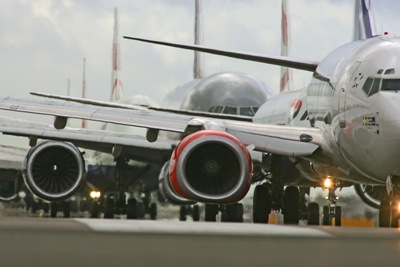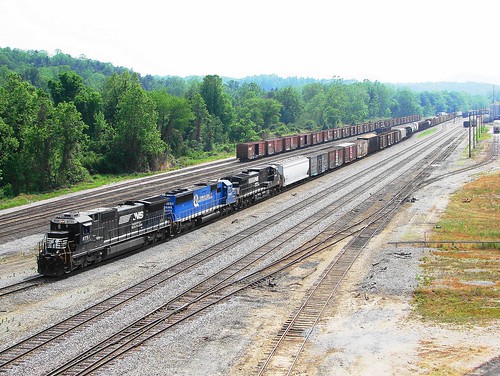Australia calls for aviation to be part of climate change treaty
(Source: WorldChanging & Times of India)
Proposal brings worldwide carbon tax for airline passengers closer
The prospect of a worldwide carbon tax for airline passengers is gathering pace after the Australian government demanded the inclusion of the aviation industry in the global climate change treaty.
The Australian administration has proposed that airlines are set a carbon dioxide reduction target as part of the treaty that will emerge from the Copenhagen summit this year. The latest plan would see responsibility for any aviation deal handed over to the UN Framework Convention on Climate Change, which is overseeing the treaty talks.
The proposal is one of four suggestions for dealing with aviation emissions that will be discussed in Copenhagen. If the Australian plan is accepted, it is likely that airlines will join a global emissions trading scheme. British Airways backed a global scheme last week and its chief executive, Willie Walsh, said it would force up fares as airlines pass on the multibillion-dollar cost of acquiring carbon credits.
Also on June 9, 2009, according to Times of India, some of the world’s largest airlines called for the industry to set global emissions targets as part of efforts to include aviation in a broader climate agreement at the end of the year. The seven airlines, including Air France/KLM and British Airways, along with international NGO The Climate Group, have backed a range of emissions reduction targets for negotiators involved in UN-backed climate talks to consider.
The proposals, from carbon-neutral growth, a 5 percent reduction and a 20 percent reduction in emissions through to 2020, using a 2005 base-year, will be presented to negotiators at the latest round of climate talks being held this week in Bonn, Germany.
The carriers, part of the Aviation Global Deal Group, said in a statement that participation in an international carbon trading market would be crucial to meeting their goals.
Under the group’s proposal, a proportion of the sector’s emission allowances would be auctioned to generate revenues for climate change initiatives in developing countries.
“Based on the scenarios assessed, auction revenues of up to $5 billion per annum could be generated to support activities such as climate adaptation programmes and initiatives to combat tropical deforestation,” the group said in the statement.
The group also proposed that airlines’ carbon dioxide (CO2) emissions are based on the carbon content of their annual fuel purchases and that CO2 pollution should be addressed through a global sectoral agreement, rather than a patchwork of regional schemes.
Environmental campaigners welcomed the Australian proposal. Joss Garman, of Greenpeace, said: “Scientists project that unless world leaders take action, ships and planes would eat up 50% to 80% of the world’s carbon budget by 2050, making it essential that governments end these industries’ special treatment and include them in a strong Copenhagen treaty.”
Click here to read the entire article report.












